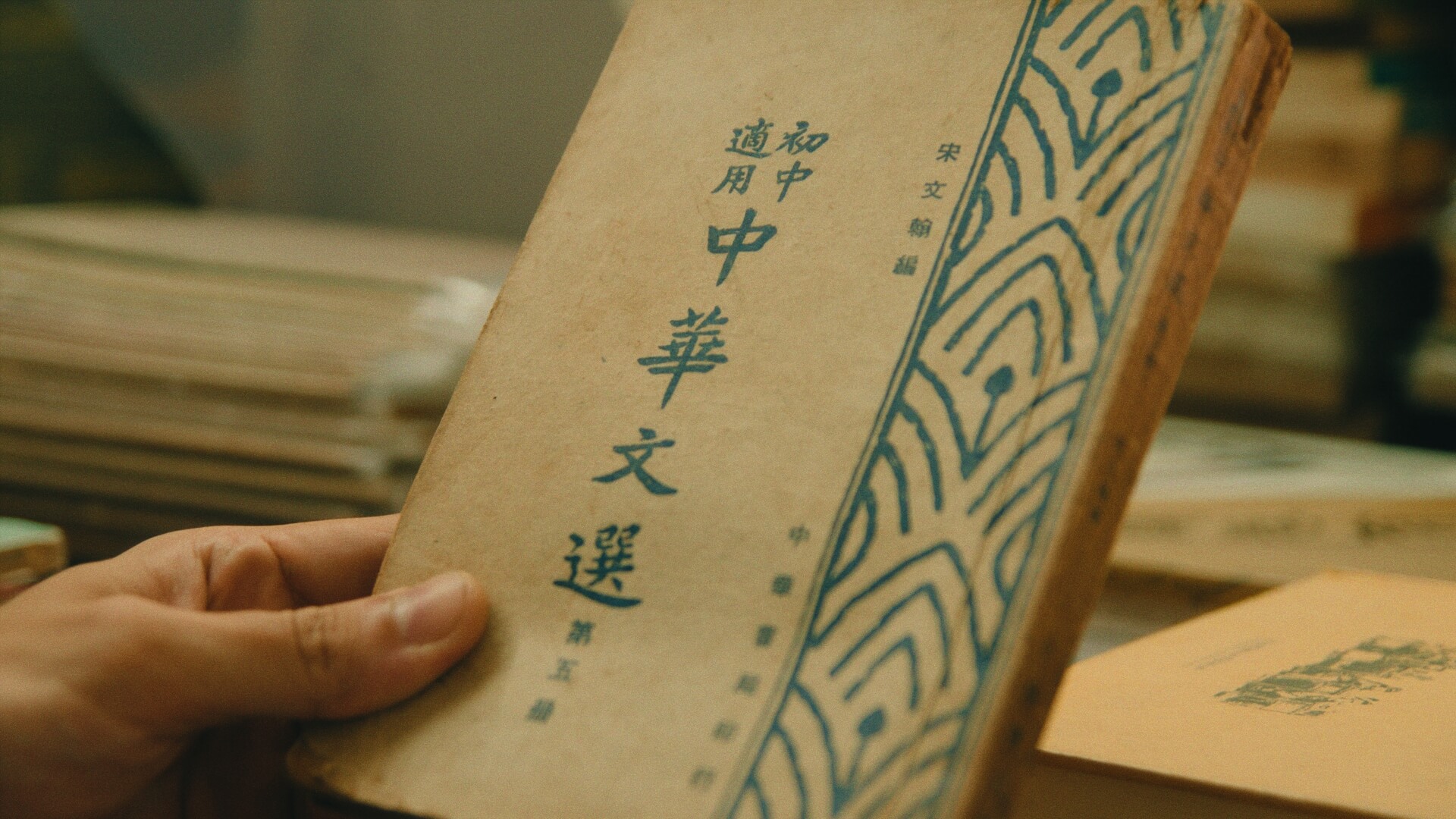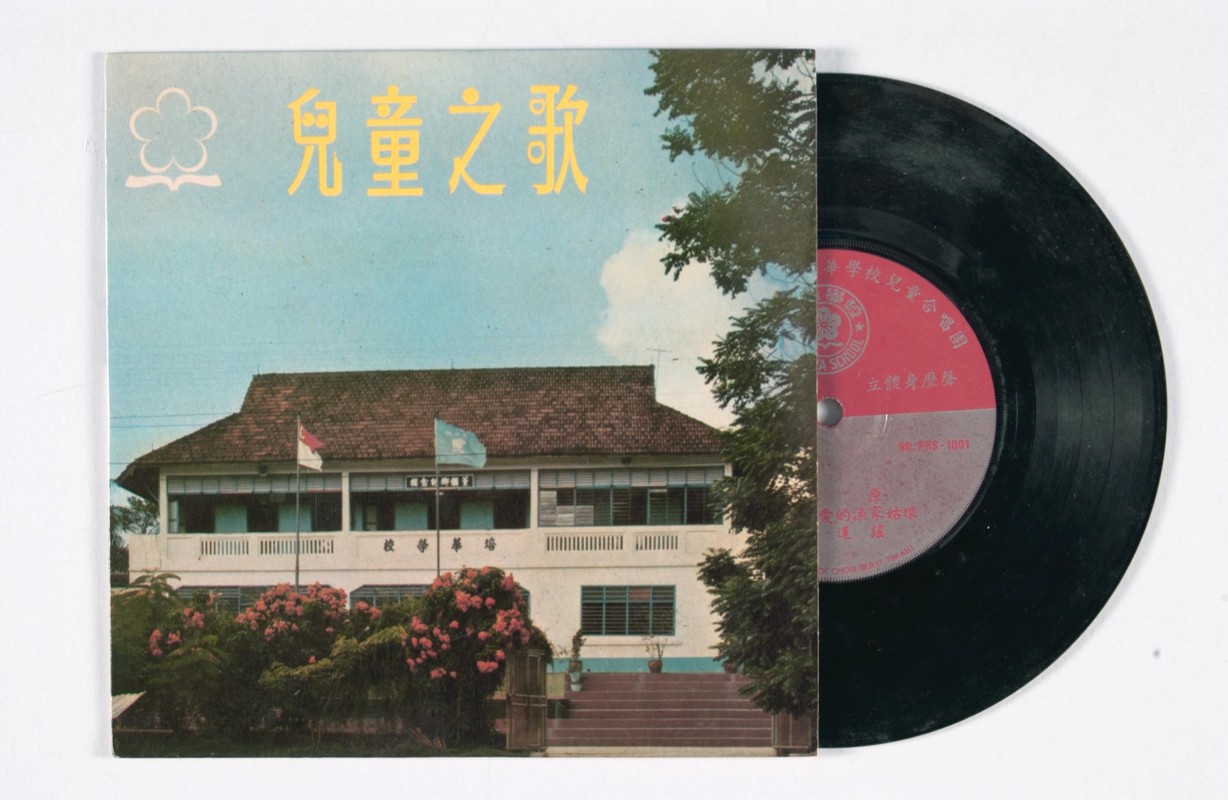Building a foundation for Chinese-language education in Singapore (1920s to 1950s)
The British were granted the right to set up a trading post in Singapore on 6 Feb 1819, before eventually gaining full control over Singapore and the surrounding islands through subsequent agreements with the Sultan of Johor and Temenggong. For the next 130 years, there was no large-scale provision of education opportunities for local children. The Chinese-language education system in Singapore rapidly developed in the first half of the 20th century, largely pushed by uneven education policies of the colonial government during that period.
By 1941, the island’s population had reached 769,216 people, of whom 599,659 were Chinese.1 Even so, the colonial government had not established a single Chinese-language school in the region — the Chinese schools that existed had been set up by clan associations and members of the community.
By 1949, apart from Malay-language schools, there were 16 purely government-run schools, which taught in English, and 19 non-government English-language schools that received government subsidies. These 35 schools supported by government funding provided educational opportunities to around 32,000 children. However, there were more than 100,000 school-aged children in Singapore at the time. Many children who could not get a place in government schools or government-aided schools could possibly be deprived of education.
For the above reasons, in 1949, 71,000 school-aged children of Chinese descent had to enrol in one of the 319 community-run Chinese schools in order to receive an education.2
Support from the Chinese community
Since their inception, Chinese schools in Singapore have been established and funded by the Chinese community. Some of the schools were established by clans and locality or dialect organisations such as guilds and associations, some were founded by respected individuals and local figures, and others were run by religious groups such as churches. Most Chinese schools were predominantly non-profit organisations, and their operations were often managed by a board of council members.
Chinese schools, which had low fees, enabled all children to receive an education regardless of their social status. Additionally, because these schools were widespread in Singapore, children of labourers living in busy urban areas, as well as children of farmers living in the impoverished countryside, could attend a Chinese-language school nearby that was accessible and affordable. There, they received a relatively standardised education, a stepping stone that enabled them to shape their own destinies. Chinese schools filled the gaps left by government policies.


All language-stream schools to receive government subsidies
After the 1955 Singapore Legislative Assembly Election, an elected government was established. In February the following year, the newly appointed Labour Front government produced the Report of the All-Party Committee of the Singapore Legislative Assembly on Chinese Education, stating the views of the different political parties on Chinese-language education. In March, they produced an Education Policy White Paper, stating that from then on, the Chinese, English, Tamil and Malay language streams would all be treated equally. In 1956, the government began to establish government-funded Chinese-language primary and secondary schools. By 1957, this policy had been implemented, with all language-stream schools fully subsidised by the government.
During that period, almost all of Singapore’s Chinese-language community-run schools expressed acceptance of this policy, and started receiving comprehensive funding from the government. As a result, these community-run Chinese-language schools became known as government-aided schools. By 1961, there were 228 Chinese-language primary schools and 28 Chinese-language secondary schools.3This network of 256 institutions, comprising government-aided schools and government-run schools, formed the foundation of the Chinese-language education system. They provided complete primary and secondary education to around 150,000 Chinese-stream students, who accounted for approximately 40% of the student population in Singapore.4 The early 1960s would be a period when Chinese-language education bloomed and flourished.
This is an edited and translated version of 奠定基础:新加坡华文教育的兴盛(1920年代至1950年代). Click here to read original piece.
| 1 | Victor Purcell, “Expansion of the Chinese Population in Malaya”, in The Chinese in Malaya (Kuala Lumpur: Oxford University Press, 1967, originally published in 1948). |
| 2 | Colony of Singapore, Department of Education, Ten-Year Programme: Data and Interim Proposals (Singapore: Government Printer, 1949), 2. |
| 3 | “1961 nian Xinjiapo zhongxue huaxiao yilanbiao” [List of Chinese-stream primary and secondary schools in Singapore in 1961], in Xinjiapo huawen jiaoyu [Chinese education in Singapore], edited by Tang Qing (Taipei: Overseas Chinese Publishing House, 1964), 80–107. |
| 4 | T. R. Doraisamy, 150 Years of Education in Singapore (Singapore: TTC Publication Board, Teachers Training College, 1969), 147. |
Choi, Kwai Keong. Xinma huaren guojia rentong de zhuanxiang 1945–1959 [The turn of Chinese national identity in Singapore and Malaysia (1945–1959)]. Rev. ed. Singapore: Singapore Youth Bookstore, 2007. | |
Doraisamy, T. R. 150 Years of Education in Singapore. Singapore: TTC Publication Board, Teachers Training College, 1969. | |
Gao, Hong Keng, ed. Xinjiapo huaxiao lianhehui nianzhounian jinian tekan [The 20th anniversary commemorative booklet of the Singapore Chinese Schools’ Conference]. Singapore: Singapore Chinese Schools’ Conference, 1968. | |
Koh, Soh Goh. Xinjiapo huaqiao jiaoyu quanmao [Overview of overseas Chinese education in Singapore]. Singapore: Nanyang Press, 1950. | |
Lee, Ting Hui. Chinese Schools in British Malaya: Policies and Politics. Singapore: South Seas Society, 2006. | |
Neo, Peng Fu. “Kaizhi qimeng, xin jin huo chuan: cong huawen jiaoyu dao huawen jiaoxue” [Enlightenment and continuation: from Chinese education to Chinese language instruction]. In Xinjiapo huaren tongshi [A General History of the Chinese in Singapore], edited by Kua Bak Lim, 415–424. Singapore: Federation of Chinese Clan Associations of Singapore, 2015. | |
Neo, Peng Fu. Xinjiapo huaxiao lianhehui shigang: qian li zhi xing shi yu zu xia, 1946–1956 [History of the Singapore Chinese Schools’ Conference: a journey of a thousand miles begins with a single step, 1946–1956]. Singapore: Singapore Society for Chinese Education, 2018. | |
Poon, Sing Wah, ed. Xiaoshi de huaxiao: guojia yongyuan de zichan [Vanishing Chinese Schools: a perpetual national asset]. Singapore: Federation of Chinese School Alumni Associations, 2014. | |
Singapore Legislative Assembly. Report of the All-Party Committee of the Singapore Legislative Assembly on Chinese Education. Singapore: Government Printing Office, 1956. | |
Singapore Ministry of Education. Report on the Ministry of Education 1978. Singapore: Singapore Ministry of Education, 1979. | |
Tang, Qing, ed. Xinjiapo huawen jiaoyu [Chinese education in Singapore]. Taipei: Overseas Chinese Publishing House, 1964. | |
Tay, Liang Soo. Malaixiya huawen jiaoyu fazhan shi [History of the development of Chinese education in Malaysia], Vol. 1. Kuala Lumpur: Malaysia Chinese School Teachers’ Association, 1998. | |
Wee, Tong Bao. “Xin ma yin huaxiao jiaokeshu fazhan (1900–1941)” [The Development of Chinese Education in Singapore (1900–1941)]. In Xin ma yin huaxiao jiaokeshu fazhan huigu [Review of textbook development in Chinese schools in Singapore, Malaysia, and Indonesia], edited by Yeap Chong Leng and Wee Tong Bao. Singapore: The Chinese Heritage Centre, 2005. | |
Wu, Hua. Xinjiapo huawen zhongxue shilue [A Brief History of Chinese Secondary Schools in Singapore]. Singapore: Educational Publishing House, 1976. | |
Yeap, Chong Leng, and Wee, Tong Bao, eds. Xin ma yin huaxiao jiaokeshu fazhan huigu [Review of textbook development in Chinese schools in Singapore, Malaysia, and Indonesia]. Singapore: The Chinese Heritage Centre, 2005. |










